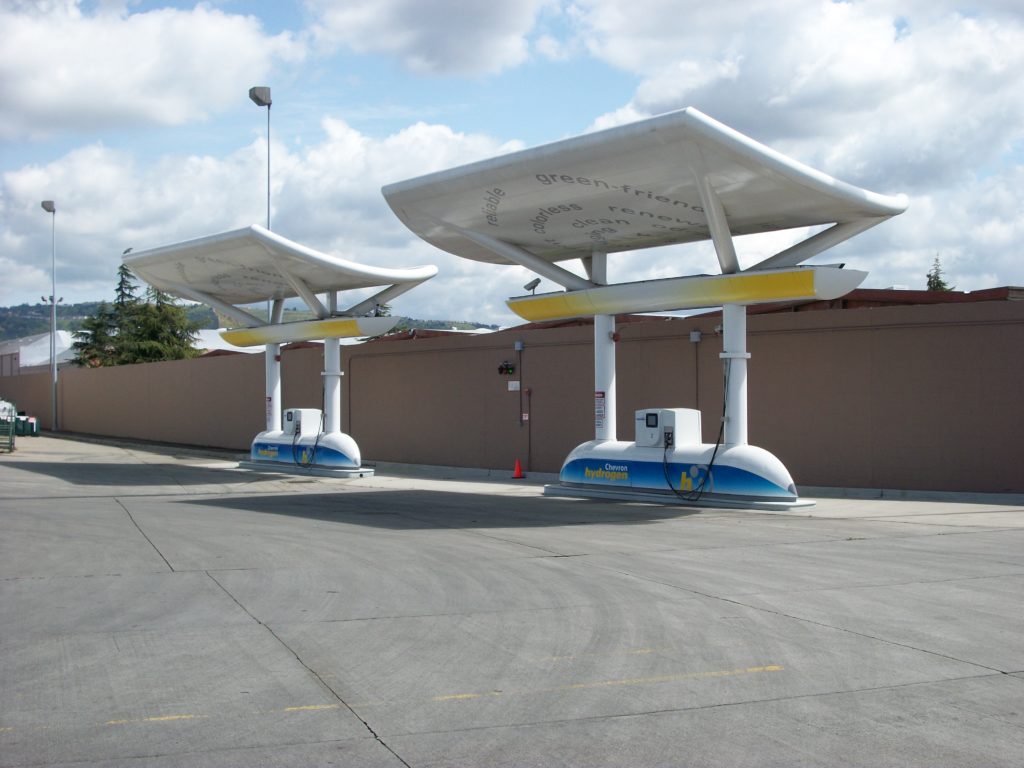Fueling Stations
Nikkiso Cryogenics has long been at the forefront of technology, pioneering advanced systems that provide sustainable, clean energy solutions. The company, rooted in a deep commitment to environmental responsibility, has shifted gears towards fueling equipment with cryogenic clean energy, specifically Hydrogen (H2) and Liquefied Natural Gas (LNG).

Nikkiso Cryogenics is committed to evolving their cryogenic technologies to meet the world’s growing energy needs. With ongoing research and development, they continuously improve the efficiency and safety of their systems, contributing to the advancement of clean energy and the mitigation of climate change.
Cryogenic technology revolves around the science of extreme low temperatures. The two key fuels, Hydrogen and LNG, are stored at these low temperatures to maintain them in a liquid state, making them far more energy-dense and easier to transport and store.
Hydrogen (H2) Cryogenic Technology:
Hydrogen is an abundant element that can provide a plentiful, sustainable energy source when efficiently captured and used. As a zero-emission fuel, it is widely recognized for its potential in reducing greenhouse gas emissions. However, hydrogen’s low density presents storage and transport challenges. Nikkiso Cryogenics addresses this by using cryogenic technology to liquefy hydrogen at very low temperatures (-253 degrees Celsius). In its liquid form, hydrogen is denser and easier to store and transport, opening up the possibilities for broader use in various applications, from fuel cell vehicles to power plants.Liquefied Natural Gas (LNG) Cryogenic Technology:
LNG is natural gas that has been cooled to a liquid state, at about -162 degrees Celsius, for storage and transport. It occupies about 600 times less space than natural gas in its gaseous state, making it an efficient, clean energy solution. LNG is increasingly used in power generation and transportation, providing a cleaner alternative to coal and oil. Nikkiso Cryogenics’ advanced systems provide efficient cooling, storage, and transport solutions for LNG, enabling its wider use and helping to reduce the carbon footprint of these sectors.
